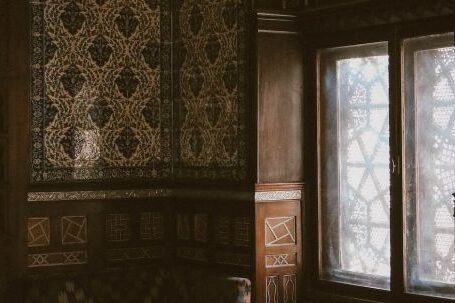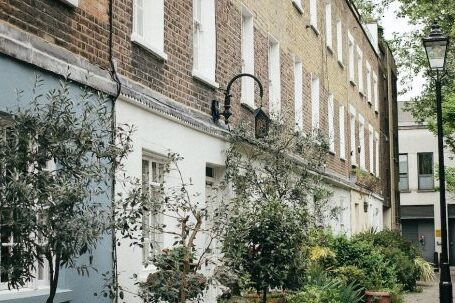Traditional architecture is a rich and valuable part of our cultural heritage. It reflects the history, beliefs, and values of different communities around the world. However, in today’s fast-paced and ever-evolving world, there is a growing need to modernize traditional architecture to suit the needs and preferences of contemporary society. This guide aims to provide insights and tips on how to effectively modernize traditional architecture without compromising its essence and charm.
Understanding the Essence of Traditional Architecture
Before embarking on the journey of modernizing traditional architecture, it is crucial to have a deep understanding of its essence. Traditional architecture is rooted in a specific time period, culture, and community. It is characterized by its use of local materials, craftsmanship, and regional design elements. By understanding these key aspects, you can ensure that the modernization process stays true to the original spirit of the architecture.
Preserving and Integrating Key Elements
One of the main challenges in modernizing traditional architecture is striking a balance between preserving the original elements and integrating new ones. It is essential to identify the key architectural features that define the traditional style and find innovative ways to incorporate them into the modern design. For example, if the traditional architecture is known for its intricate woodwork, consider using modern materials that mimic the appearance and texture of wood while providing durability and sustainability.
Embracing Sustainable Solutions
In today’s world, sustainability is a crucial aspect of any architectural design. When modernizing traditional architecture, it is essential to embrace sustainable solutions that align with the original principles of the design. This can include incorporating energy-efficient technologies, utilizing renewable materials, and maximizing natural light and ventilation. By doing so, you not only preserve the cultural significance of the architecture but also contribute to a more sustainable future.
Blending Tradition with Innovation
Modernizing traditional architecture does not mean completely abandoning tradition. Instead, it is about finding a harmonious balance between tradition and innovation. Consider incorporating modern design elements and technologies while paying homage to the traditional aesthetics. This can be achieved through the use of contemporary materials and finishes, innovative structural solutions, and smart home technologies. The goal is to create a space that reflects the spirit of the past while meeting the needs of the present.
Collaborating with Local Communities
To ensure the success of modernizing traditional architecture, it is crucial to involve local communities in the process. Engage with local craftsmen, artisans, and architects who have a deep understanding of the traditional architecture. Their expertise and insights can greatly contribute to the modernization process and help preserve the authenticity of the design. By involving the local community, you also foster a sense of ownership and pride in the revitalized architecture.
Celebrating Cultural Identity
Modernizing traditional architecture should not lead to the homogenization of cultures. On the contrary, it should celebrate and strengthen cultural identity. Pay attention to the unique cultural elements that define the traditional architecture and find ways to highlight and incorporate them into the modern design. This can be through the use of symbolic motifs, traditional patterns, or cultural references in the interior and exterior design.
In conclusion, modernizing traditional architecture is a delicate process that requires a deep understanding of the essence of the original design. By preserving key elements, embracing sustainable solutions, blending tradition with innovation, collaborating with local communities, and celebrating cultural identity, it is possible to modernize traditional architecture while maintaining its charm and cultural significance. With careful planning and thoughtful execution, modernized traditional architecture can serve as a bridge between the past and the future, enriching our built environment and preserving our cultural heritage for generations to come.





